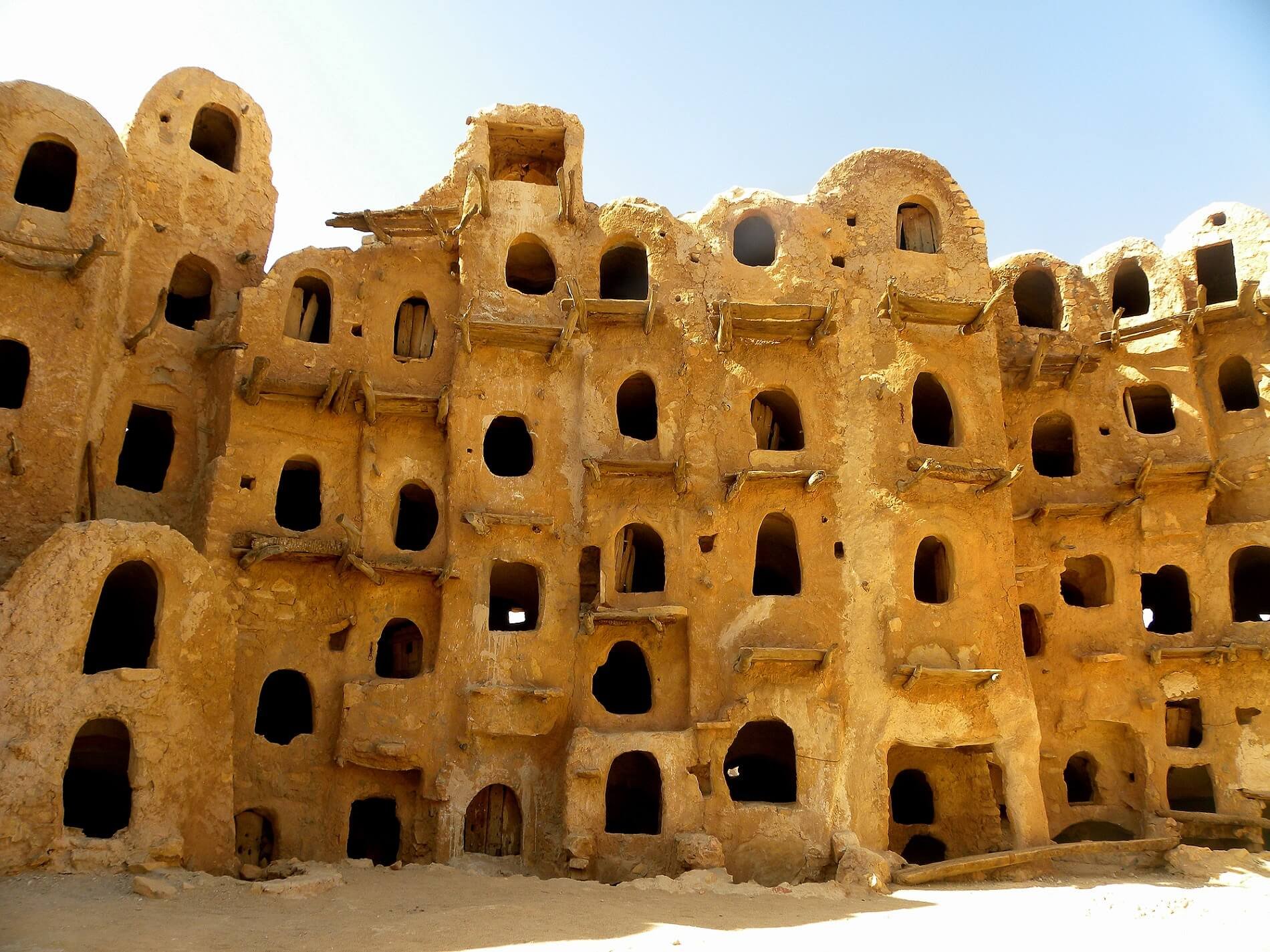On 24 February, the National Oil Corporation (NOC) said in its public information bulletin that oil outputs had dropped to 122,430 bpd, resulting in cumulative losses of $2.1 billion since the start of the oil blockade on 18 January 2020. This bulletin expanded the coverage of fuel storage facilities to include figures for western Libya (Tripoli, Zawiyya and Misrata), with Tripoli and Tubruq fuel supplies at the lowest across the country. NOC chairman Mustafa Sanallah said that the attack on Tripoli port could have led to a humanitarian and environmental disaster. The NOC condemned the attack in the strongest possible terms and asked the international community to intervene rapidly to prevent a serious escalation in the conflict and to allow NOC to manage fuel supplies.There are no indications that domestic support for the blockade in eastern Libya is waning, despite the growing logistical and economic toll on the country. At present, it is Tripoli and southern Libya that are suffering most from the fuel shortages and power cuts. While the East is experiencing some fuel shortages and power cuts, this seems unlikely to dampen support in the short term. However, as the economic impact of the blockade worsens, the Central Bank is likely to stop or delay the payment of state salaries as well as the payment of institutional and operational budgets. This economic decline is likely to affect the East more than the West given the eastern banking system has no access to central reserves. As such, that could be the tipping point at which domestic support begins to erode.

